Diplomacy has long relied on symbolism to convey power, prestige, and goodwill. Among the many objects exchanged between leaders, globes have held a unique place.
More than mere decorative items, they served as instruments of knowledge, emblems of exploration, and tokens of shared global vision.
From the ornate celestial spheres gifted to monarchs in the age of empires, to the elegant terrestrial globes exchanged between modern heads of state, these artifacts have charted a fascinating course through diplomatic history.
Coronelli Globes As a Royal Gesture
One of the earliest and most celebrated examples of globes as diplomatic gifts comes from the late 17th century, when Venetian cartographer Vincenzo Coronelli crafted a pair of monumental globes for King Louis XIV of France. Commissioned in 1681, these spheres, one terrestrial and one celestial, stood over three meters tall and were among the most advanced representations of the world at the time.

Although his globes definitely became both political and religious statements, by presenting Louis XIV with these masterpieces, Coronelli and the Republic of Venice were honouring the Sun King’s status as a patron of the arts and sciences. The globes symbolized the French monarch’s dominion over both the Heavens and the Earth, aligning with the grandeur of Versailles and the absolutist ideology of his reign.
He also found favour with the Vatican producing similar globes for Pope Innocent XI, reinforcing the Church’s role in global affairs and its interest in celestial knowledge. These gifts served as bridges between secular and religious powers, uniting them through shared intellectual pursuits and mutual respect.
Globes as Instruments of Empire
Throughout the Enlightenment and into the colonial era, globes became essential tools for navigation, education, and imperial planning. Monarchs and ministers used them to visualize trade routes, territorial claims, and geopolitical strategies. As such, gifting a globe was not only a gesture of friendship but also a subtle assertion of influence.
In many cases, globes were customized to reflect the worldview of the giver. British globes, for instance, often emphasized the vastness of the British Empire, while French globes highlighted colonial holdings in Africa and Asia. These orbs conveyed messages about power, ambition, and identity, making them ideal diplomatic gifts.
A Wooden Globe for Lady Thatcher
Fast forward to the 20th century, globes continued to play a role in diplomatic exchanges, albeit with a more personal touch. During a visit by French President François Mitterrand to Britain in the 1980s, as a gesture of goodwill and shared history, he gifted Prime Minister Margaret Thatcher with a wooden globe.
This present, modest in size but rich in symbolism, represented the enduring ties between France and the United Kingdom. The instrument mirrored a shared commitment to global collaboration, a nod to their intertwined colonial pasts, and perhaps a subtle reminder of the need for unity in a rapidly changing world.

Presidential Diplomacy
Even today, the age-old tradition of exchanging planets continues to thrive among presidents and prime ministers, often intertwined with cultural and educational initiatives.
These exquisite gifts, typically crafted by skilled artisans or meticulous cartographers, often showcase charming inscriptions, national emblems, and meaningful historical references.
Take, for instance, the state visits. During these events, American presidents receive gifts chosen by foreign dignitaries that highlight common concerns, such as environmental stewardship, or celebrate educational collaborations.
The United States reciprocates by gifting globes to its allies, symbolizing a shared vision of global unity and mutual respect.

Unlike the opulent globes created by the illustrious Coronelli, today’s versions tend to adopt a more understated elegance, reflecting the pragmatic nature of modern diplomacy.
Nevertheless, despite their simpler designs, the underlying message remains powerful: our world is a collective space, and working together is crucial for a brighter future.
Diplomatic Gifts
Why do globes continue to captivate as diplomatic gifts? Their universal charm is undeniable: no matter the language, culture, or political stance, they speak a language all its own. They display our world, and consequently serve as a strong reminder of the partnership connecting all nations.
These masterpieces spark a sense of wonder and curiosity, inviting us to admire the planet's immensity, the richness of its cultures, and the intricate tapestry of its geography. In diplomatic contexts, this symbolism carries a hefty weight, inspiring leaders to look beyond borders and embrace a holistic, global outlook.
Additionally, globes have a timeless quality. Unlike fleeting trends or fast-changing technology, they remain relevant across generations. An orb gifted today could grace a desk or bookshelf for decades, serving as a quiet reminder of a unique connection, a shared vision, or a promise between nations.
From Symbol to Strategy
Beyond their symbolic value, globes have also played strategic roles during the Cold War, used in high-level meetings to discuss missile trajectories, territorial disputes, and spheres of influence. In such contexts, the object was not just a gift, but a tool of negotiation.
Even today, globes appear in political settings as visual aids during discussions on climate change, trade, and security. Their presence underscores the global nature of these issues and the need for collaborative solutions.
A Sphere of Peace
Ultimately, we can certainly say that the globe as a tactful gift embodies hope for peace and understanding. Whether presented by a king to a pope, a president to a prime minister, or a diplomat to a counterpart, it carries a message that transcends politics: we’re all part of the same world.

In an age of division and uncertainty, such symbols are more important than ever. They remind us that diplomacy is not just about treaties and negotiations– it’s about building relationships, fostering respect, and imagining a better future for everyone.
Looking back at the globes exchanged throughout history– from Coronelli’s majestic celestial creations to Mitterrand’s humble wooden gift, we see more than physical objects. Each globe carries a story: tales of ambition, diplomatic ties, and shared dreams.
These gifts reflect personal visions and collective hopes, each one contributing to the shaping of our world, one sphere at a time.
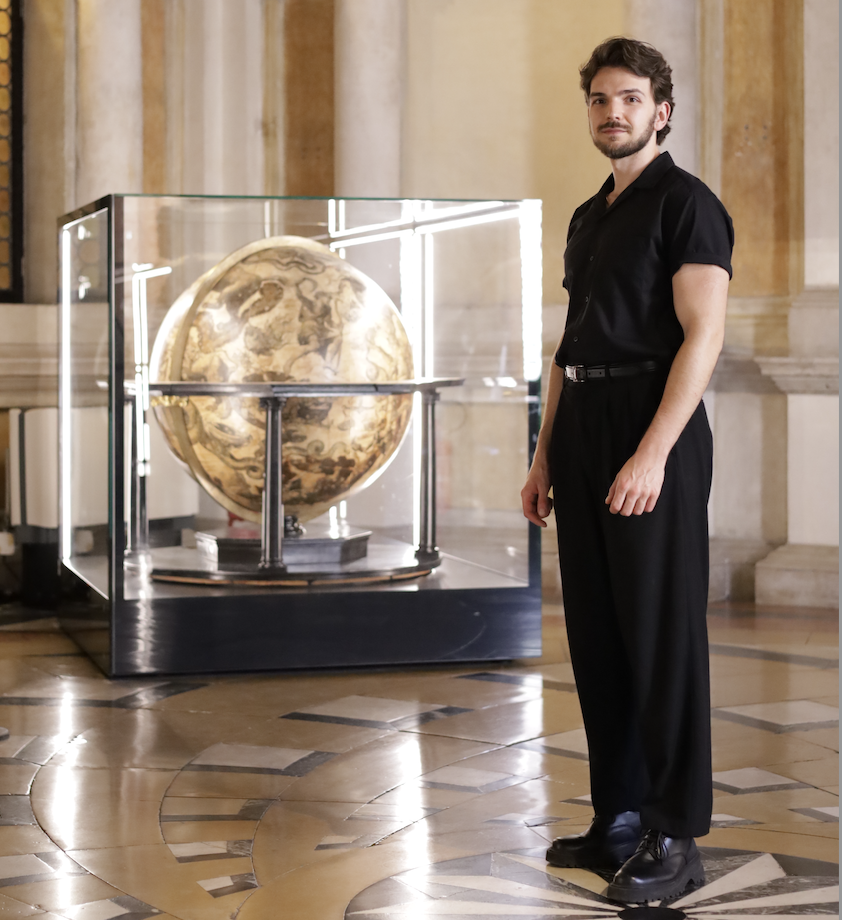

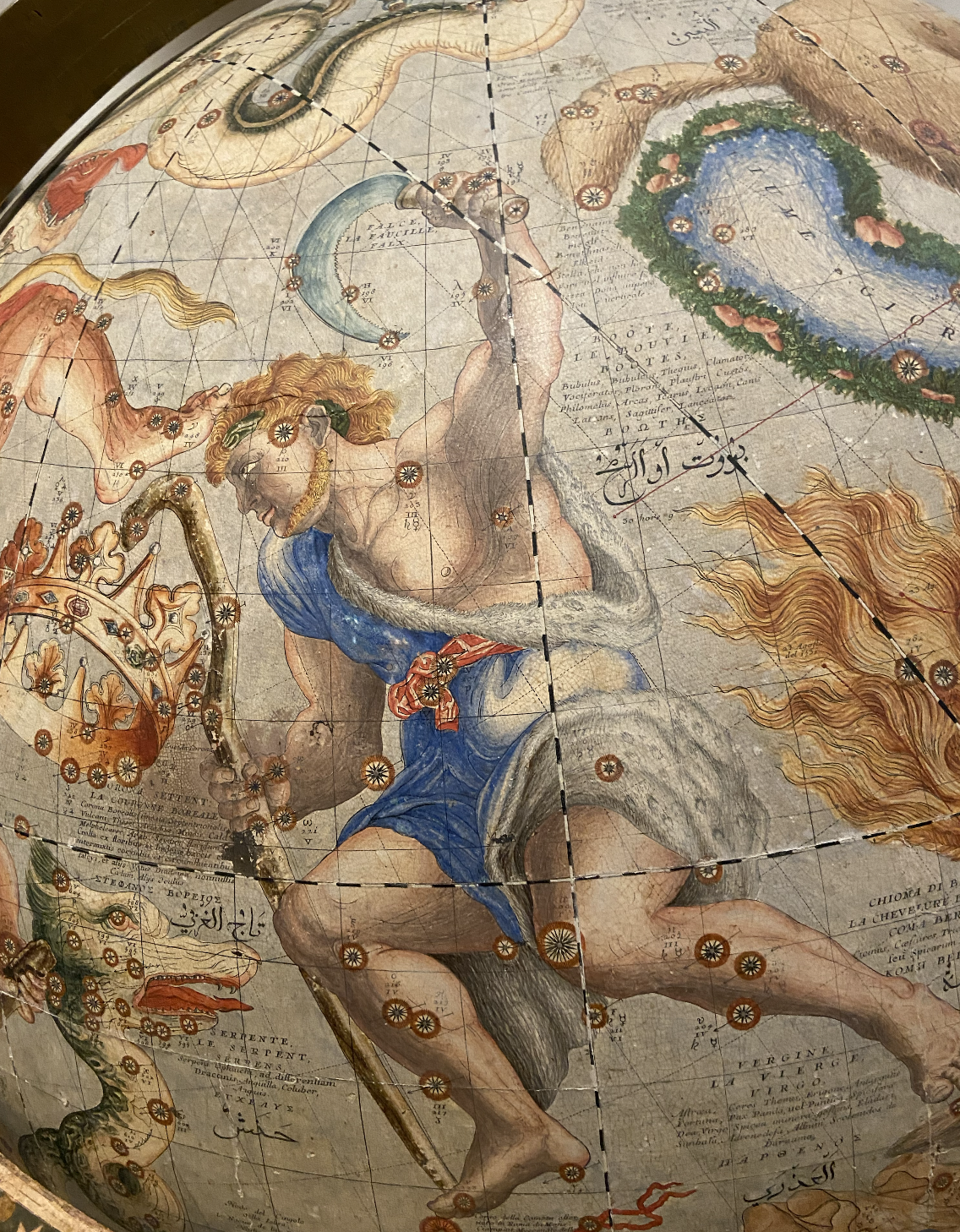
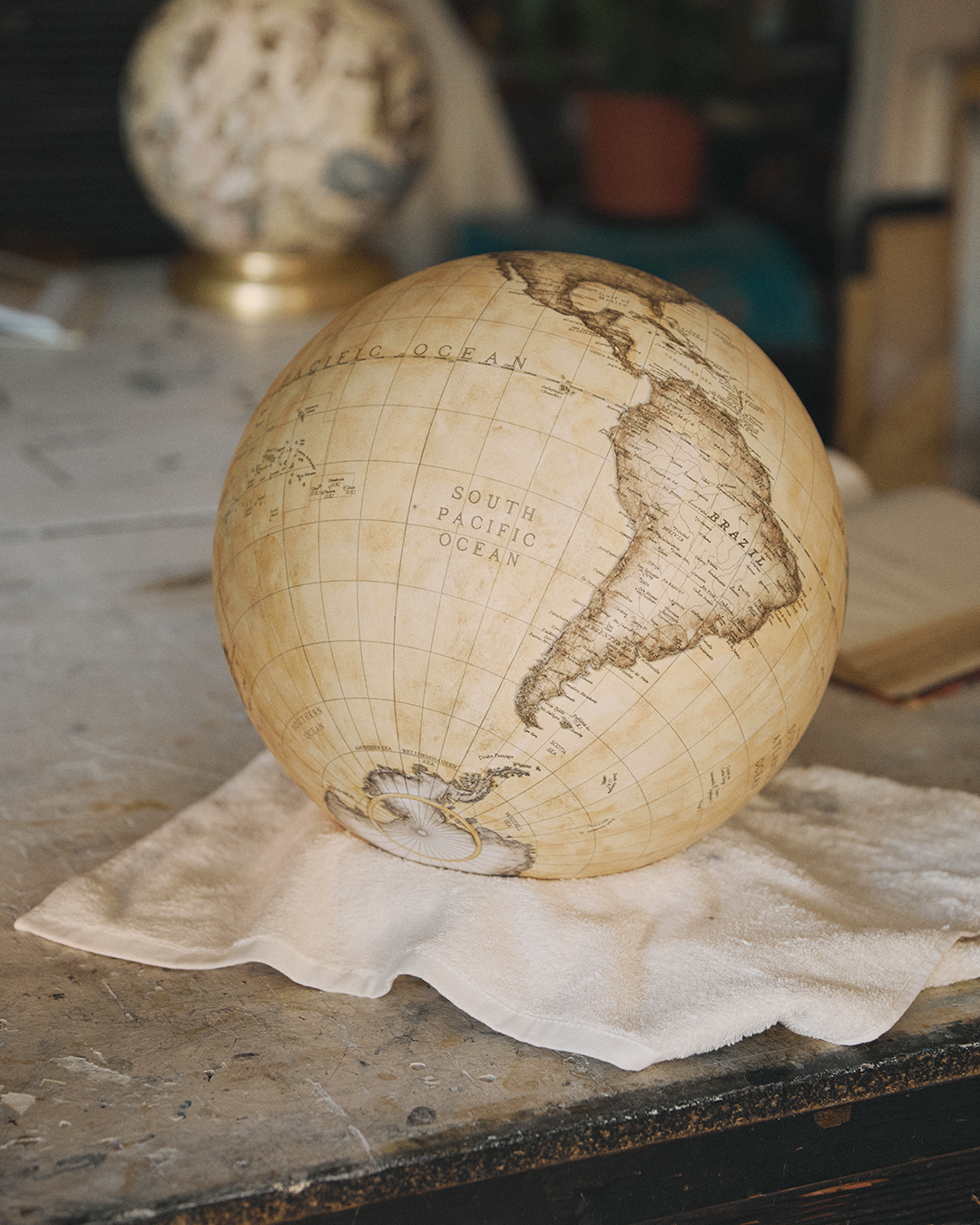
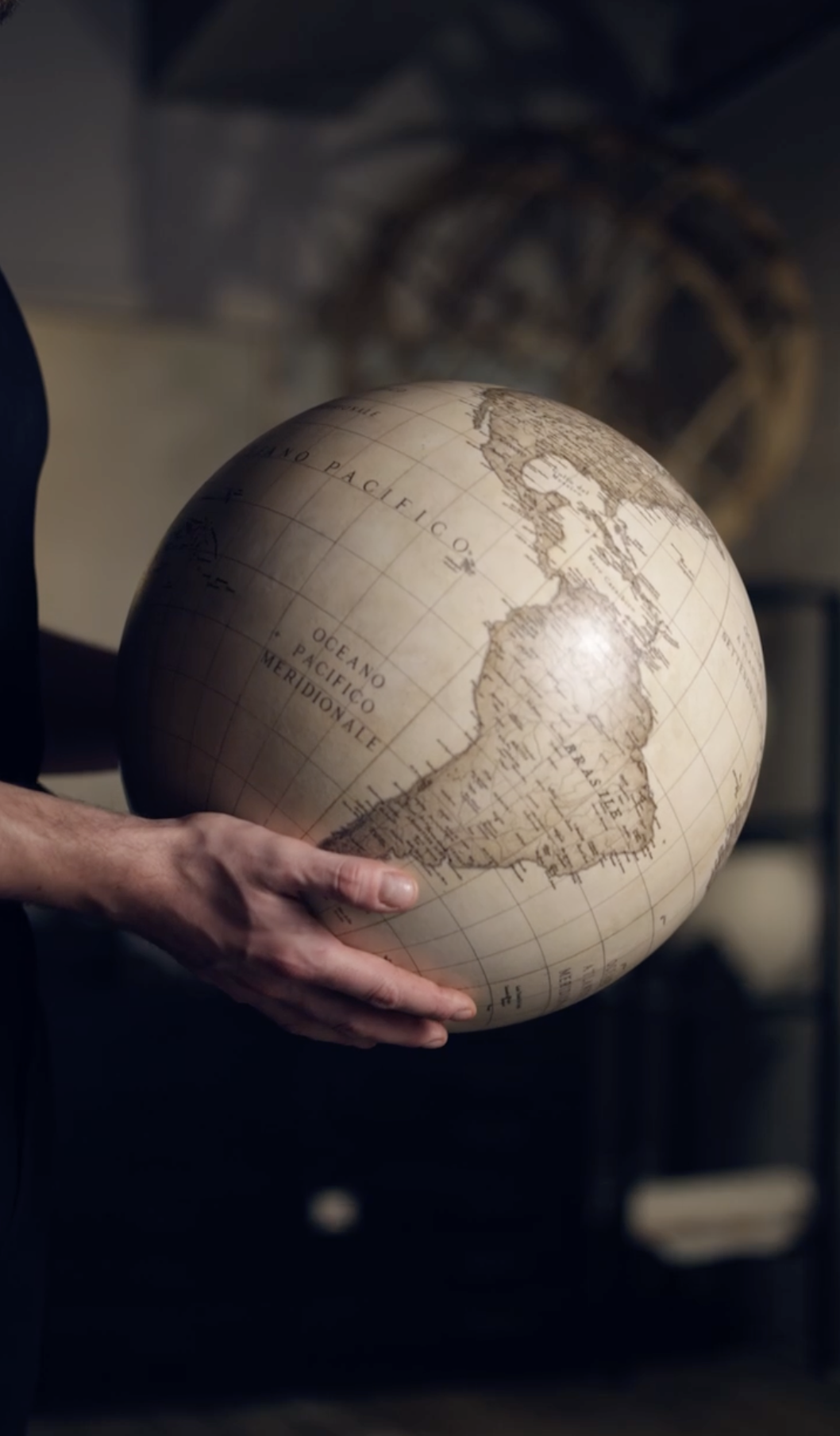




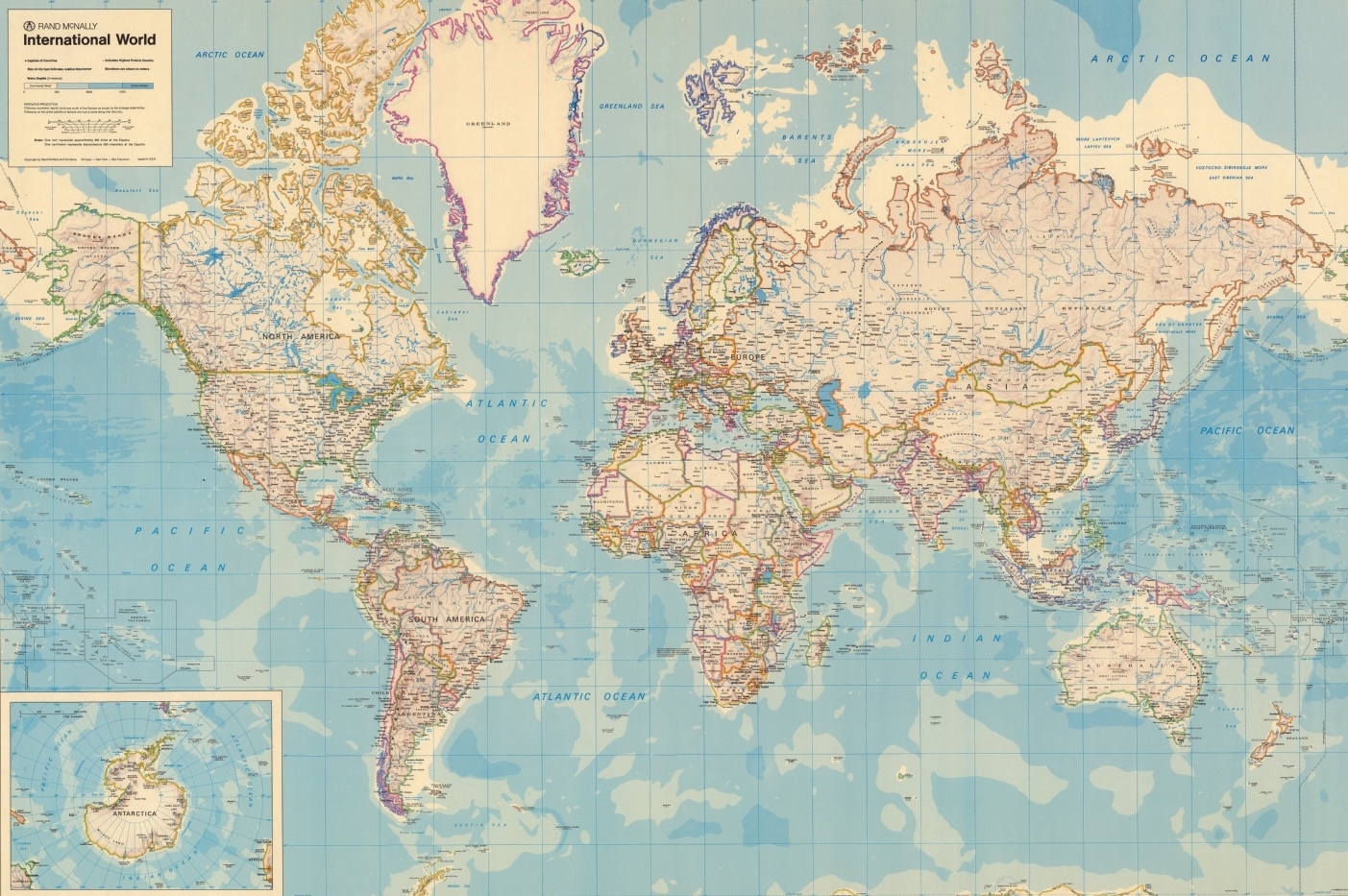
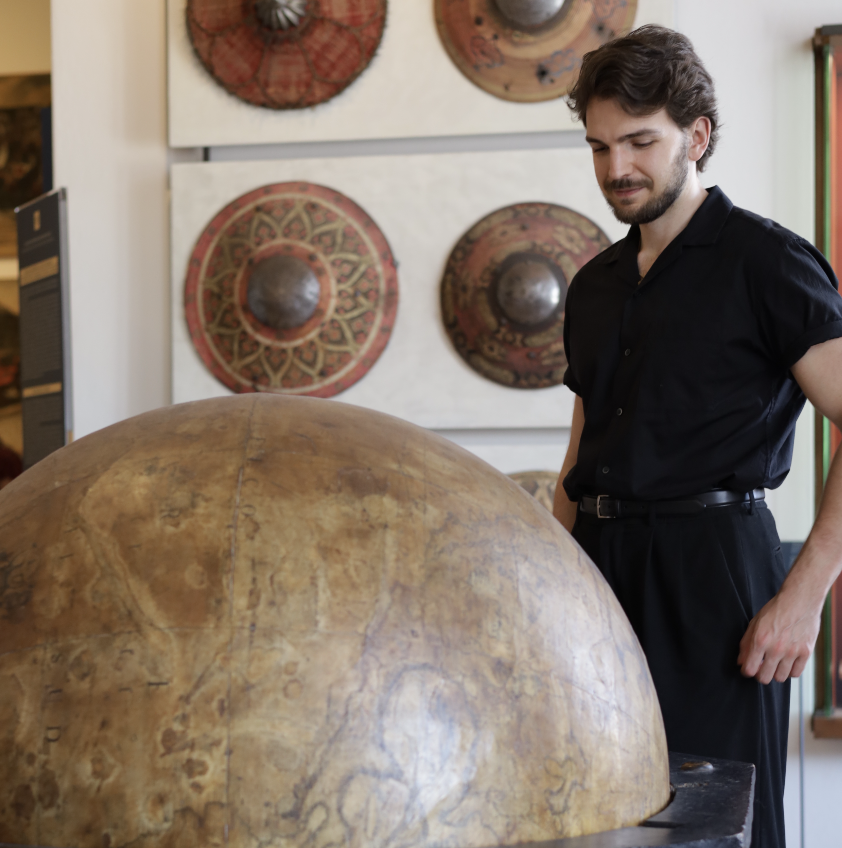
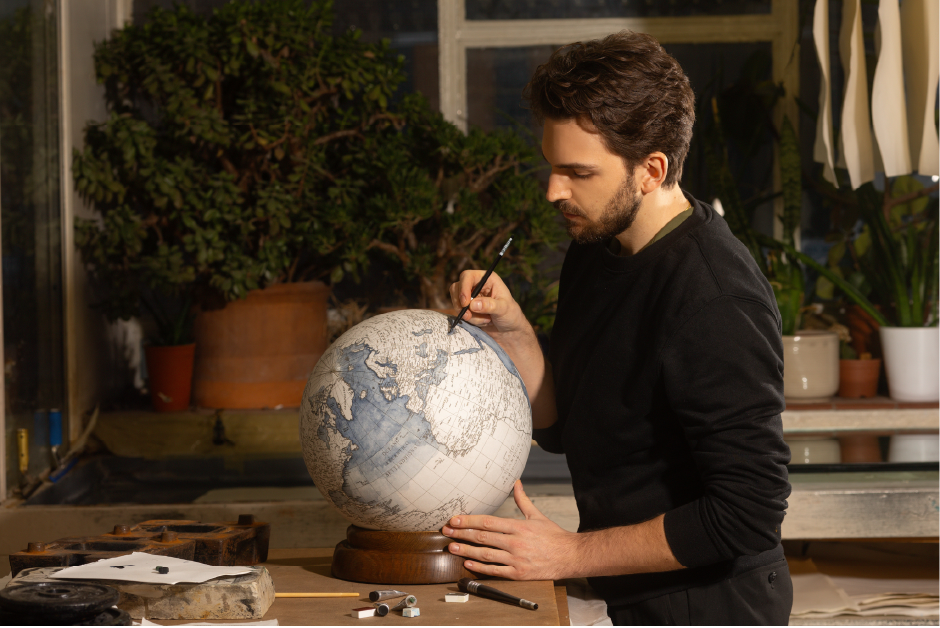
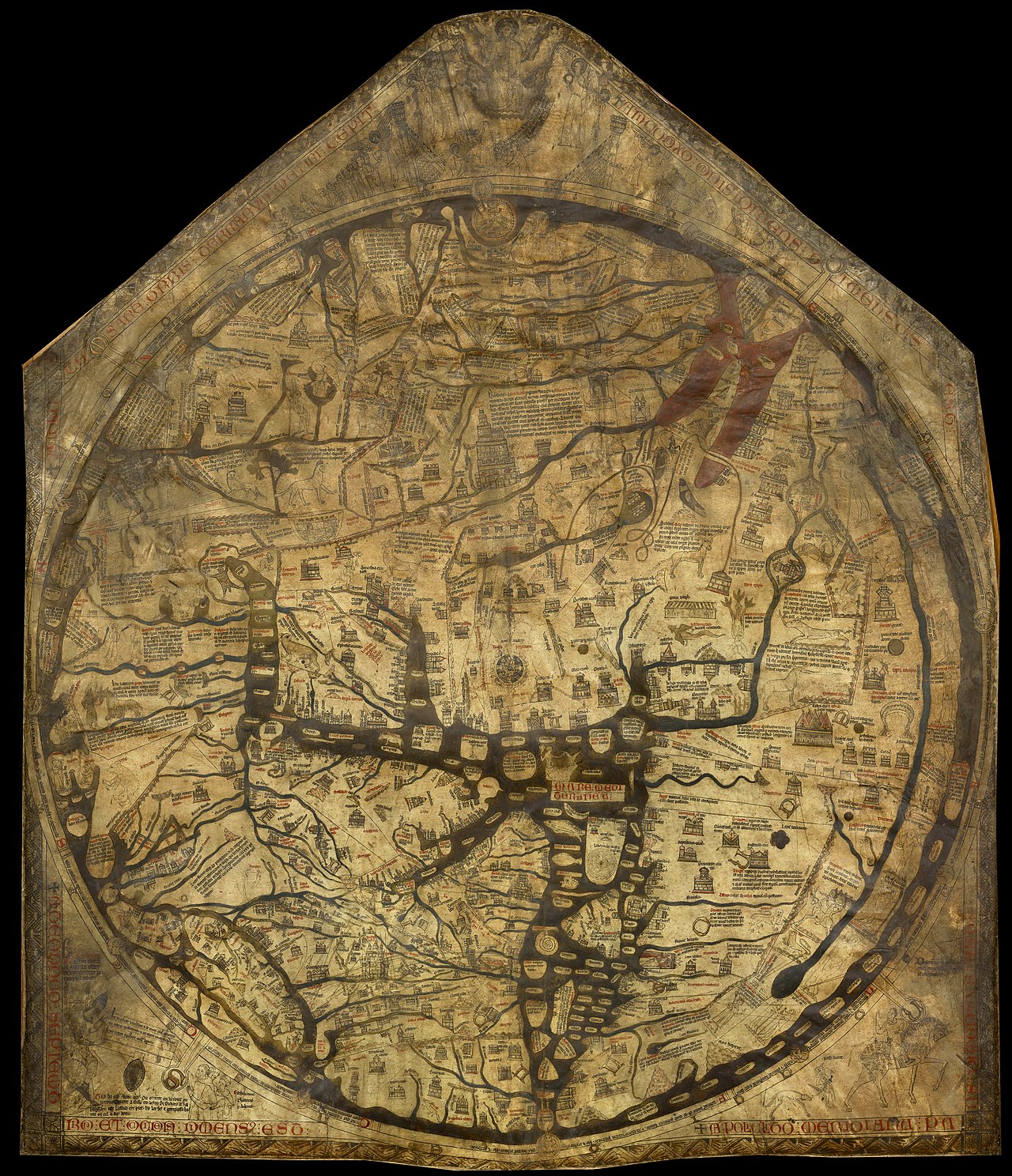
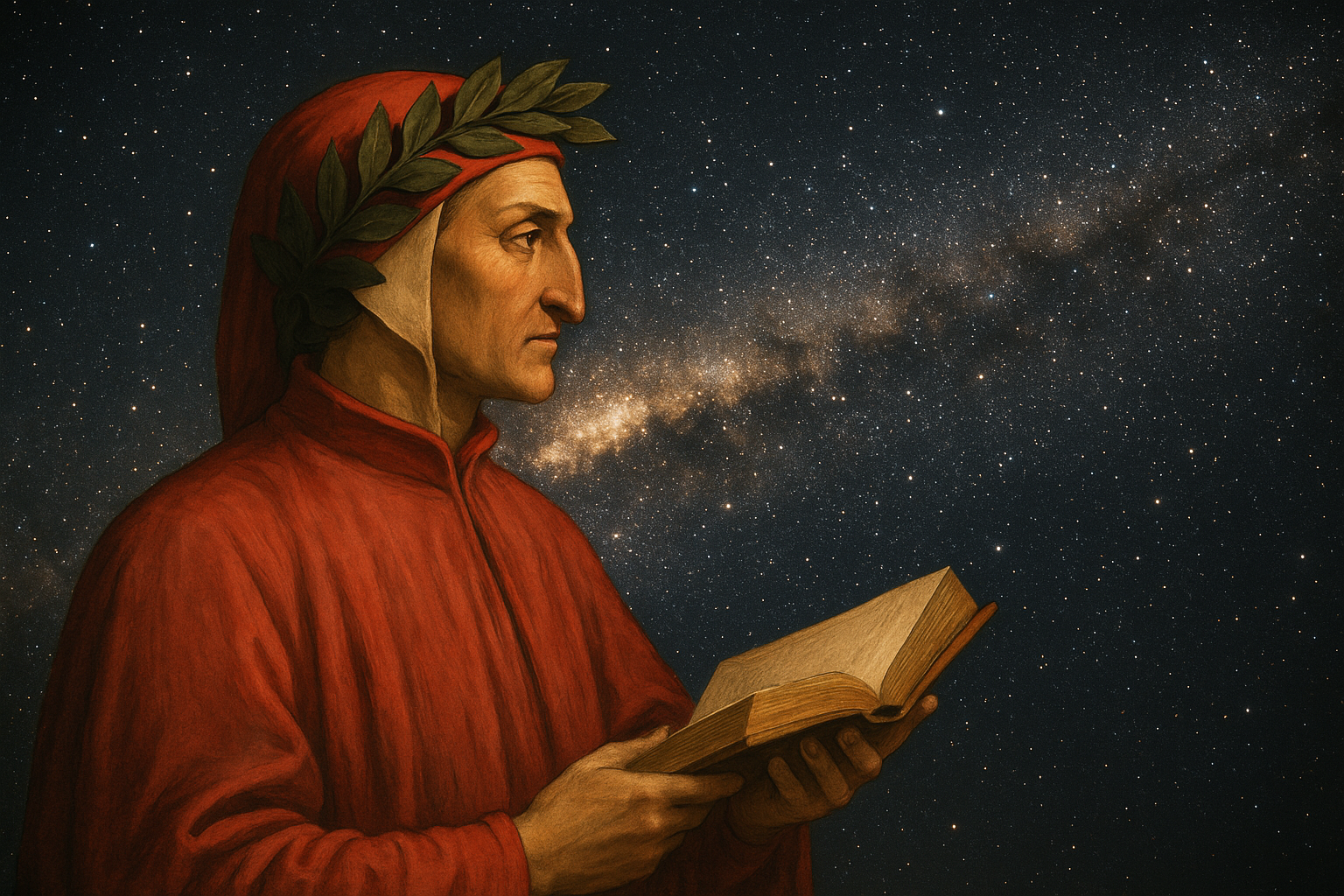
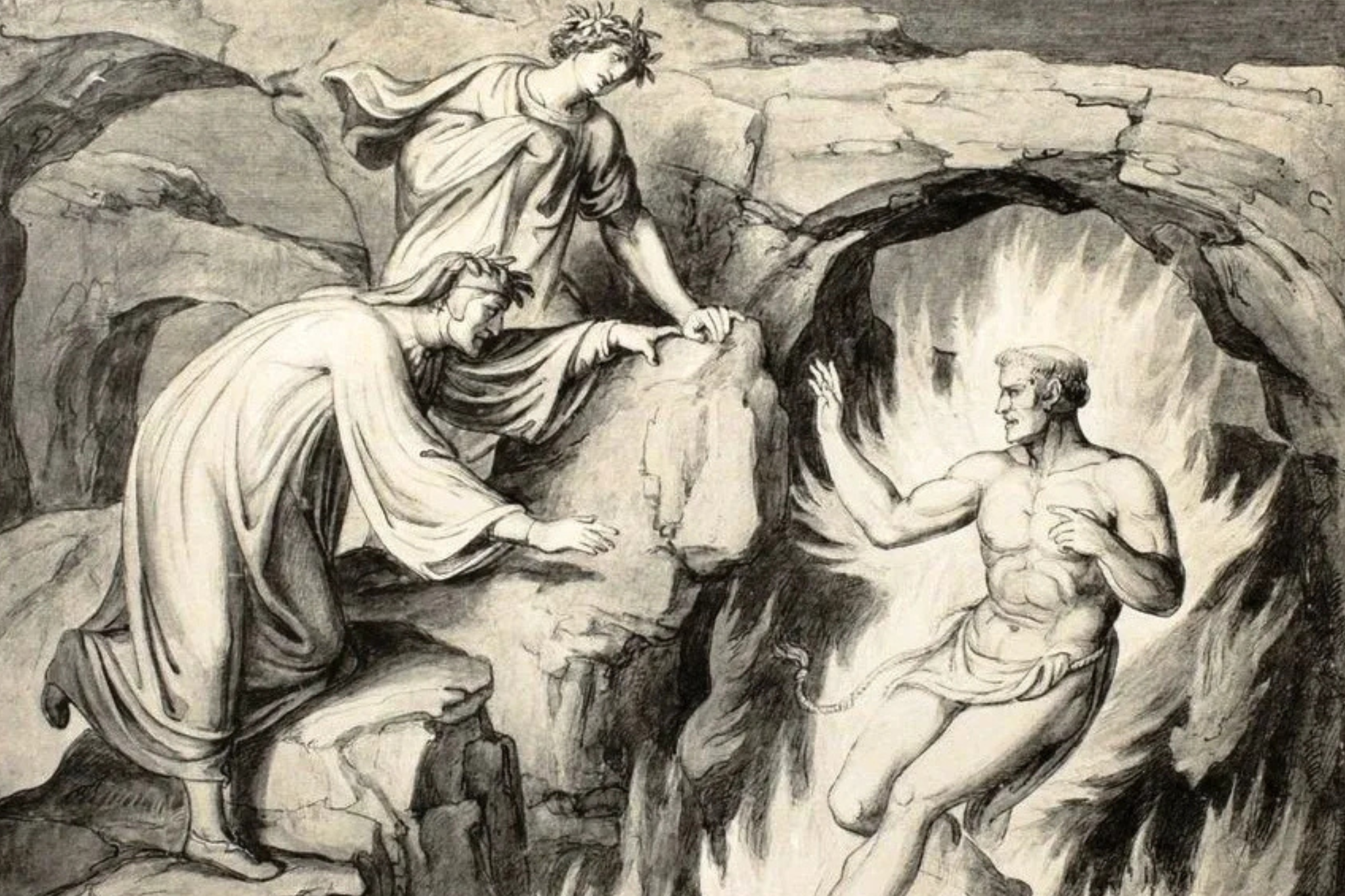








.avif)